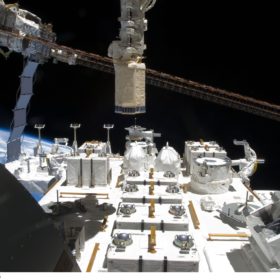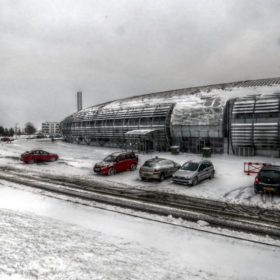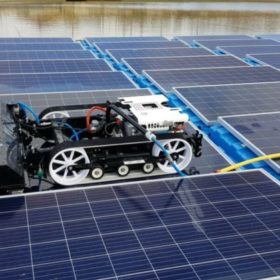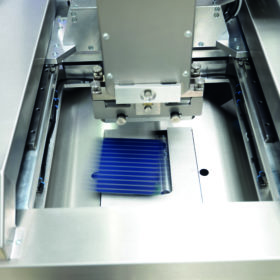Solid-state batteries in space
Japanese scientists are about to launch solid-state batteries into space.
A ‘chemical fuse’ – voltage sensitive polymers in the fight against battery fires
A team of researchers from St. Petersburg say they can build a circuit interruptor that works directly into the current collector. The device operates via chemical reactions and would be thus more reliable than current battery monitoring system approaches.
Passive solar module cooling based on hydrogels beads and nanofluids
A British-Egyptian research group has tested the use of hydrogels beads for PV module cooling. The micro-sized particles were saturated with aluminium oxide (Al2O3) water-based nanofluids and placed below the simulated PV panels. The experiment showed, according to the scientists, that the hydrogels beads were able to significantly reduce the temperature by between 17.9 and 16.3 degrees Celsius.
Six new ways to boost battery energy density
Scientists in the UK developed a model to explain one of the challenges to harnessing an oxygen-redox reaction in certain cathode materials for lithium-ion batteries. Based on their improved understanding of the reaction, they suggest several possible routes for further research to avoid the unwanted reactions and develop reversible, high energy density cathode materials.
Cleaning robot for floating PV
A cleaning robot optimized for floating PV installations was developed by German manufacturer TG hyLIFT. Also suitable for ground-mount PV, it uses only water without any type of detergent, and is powered by batteries. The robot is now being tested at a floating PV array in Spain.
US government pumps $115 million into clean energy R&D for small businesses
Funds from the latest part of the Biden administration’s Build Back Better pledge will go to grid modernization, carbon removal, renewable energy, and energy storage, among other technologies.
Spain joins the gigafactory race
SEAT and Iberdrola are planning to build an EV battery manufacturing facility in Barcelona with the support of the Spanish government.
Novel solar module transport solution from Australia
Safety when transporting solar PV modules from warehouse to job site is an ongoing issue for installers but one Australian solar company has designed and manufactured a simple yet effective racking system that helps allay those concerns. The racking system comprises an aluminum frame fitted with opposing channels into which the solar modules slide.
Simulating PV’s silver future
Scientists at Germany’s Fraunhofer ISE developed a model to simulate different setups for screen printing in solar cell metallization. The model provides a comparable ‘screen utility index’ value that can predict the usefulness of different architectures in the printing equipment in relation to the properties of a given silver paste. The approach, says Fraunhofer, will assist the PV industry in reducing the amounts of silver needed in silicon cell manufacturing.
Guessing game with 1,550 PV outcome scenarios
Swiss scientists have analyzed scenarios to predict the role of PV in the global energy mix by 2050 and have found that European entities expect a sharply higher compound annual growth rate than their Asian and North American counterparts. They also noted that the growth scenarios of the Intergovernmental Panel on Climate Change are more conservative than other predictions.









